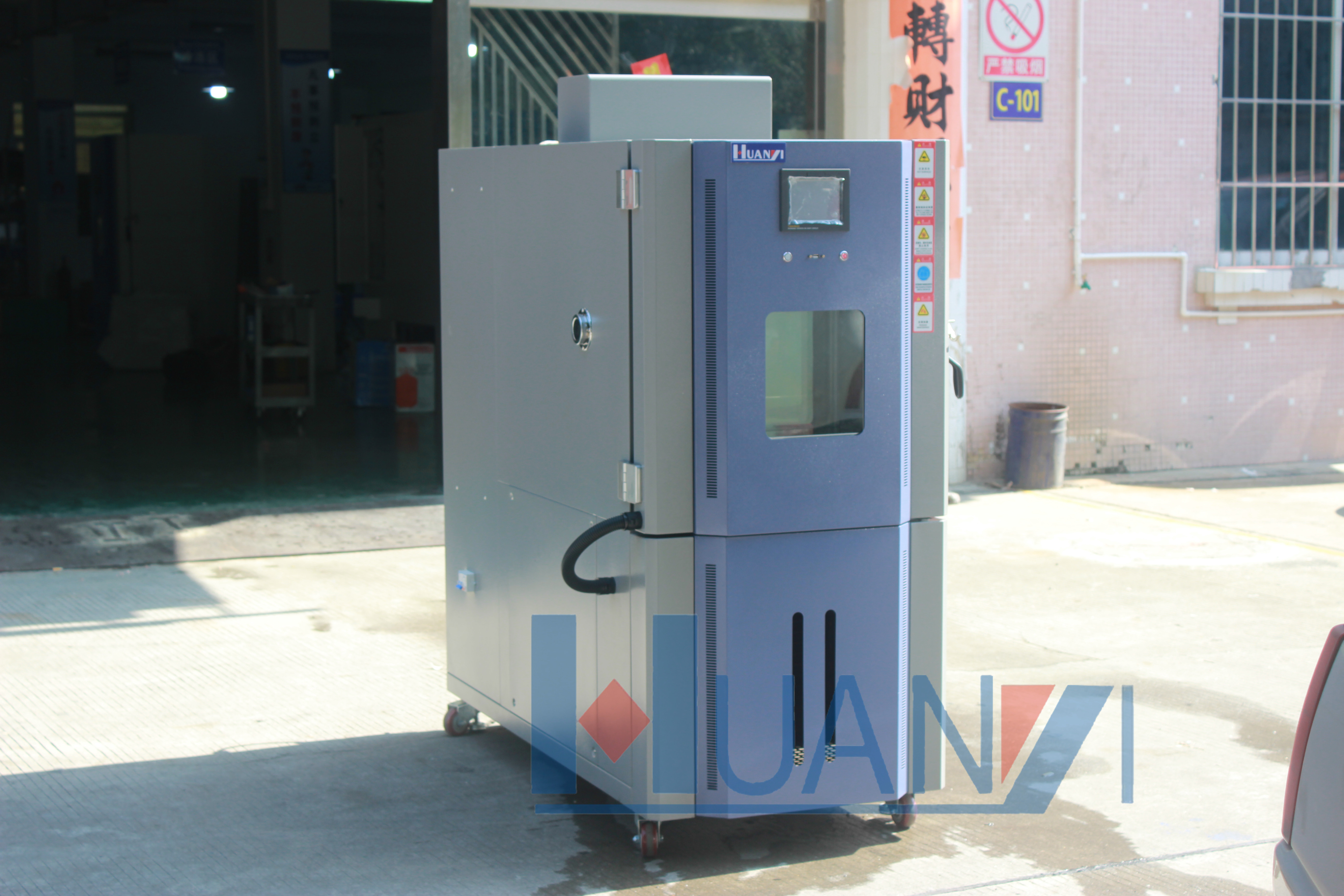How to judge the leakage of refrigerant in high and low temperature test chamber
1. Observe whether the refrigeration compressor of the high and low temperature test chamber can be started during the operation of the test chamber, and whether the compressor can be started during the operation of the environmental test equipment, indicating that the circuit from the main power supply to each compressor is normal, and there is no problem with the electrical system.
2. high and low temperature test chamber If there is no problem with the electrical system, continue to check the refrigeration system. First, check whether the discharge and suction pressures of the low temperature (R23) compressors of the two sets of refrigeration units in the high and low temperature test box are lower than normal values, and whether the suction pressure is in the evacuated state, indicating that the main refrigeration unit is insufficient in the amount of refrigerant.
3. Touch the exhaust pipe and suction pipe of the R23 compressor in the host of the high and low temperature test box with your hands, and find that the temperature of the exhaust pipe is not high, and the temperature of the high and low temperature test chamber suction pipe is not low (no frost), which also indicates the lack of R23 refrigeration in the host Agent.
4. The cause of the failure has not been determined. The cause of the failure is further confirmed in conjunction with the control process of the test box. The test box has two sets of refrigeration units. One is the main unit and the other is the auxiliary unit. When the cooling rate is high, the two units work at the same time. In the initial period of temperature maintenance, the two units still work at the same time. In the heat preservation stage, once the auxiliary unit stops working, the main unit has no cooling effect, and the air in the test chamber will slowly rise. When the temperature rises to a certain level, high and low temperature test chamber the control system will start the auxiliary unit to cool down, and then the auxiliary unit will stop working again. If it is repeated, a malfunction will occur.










